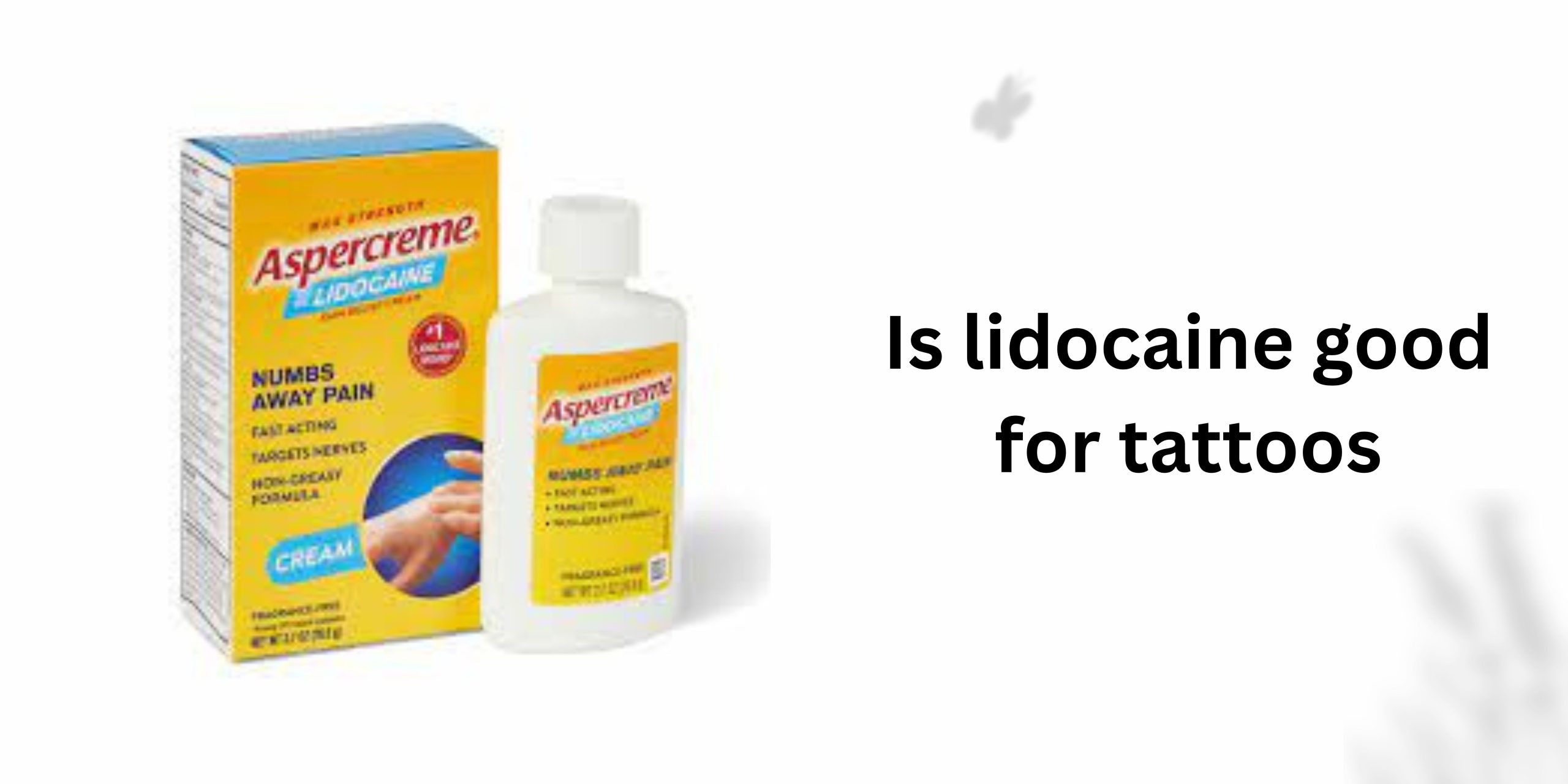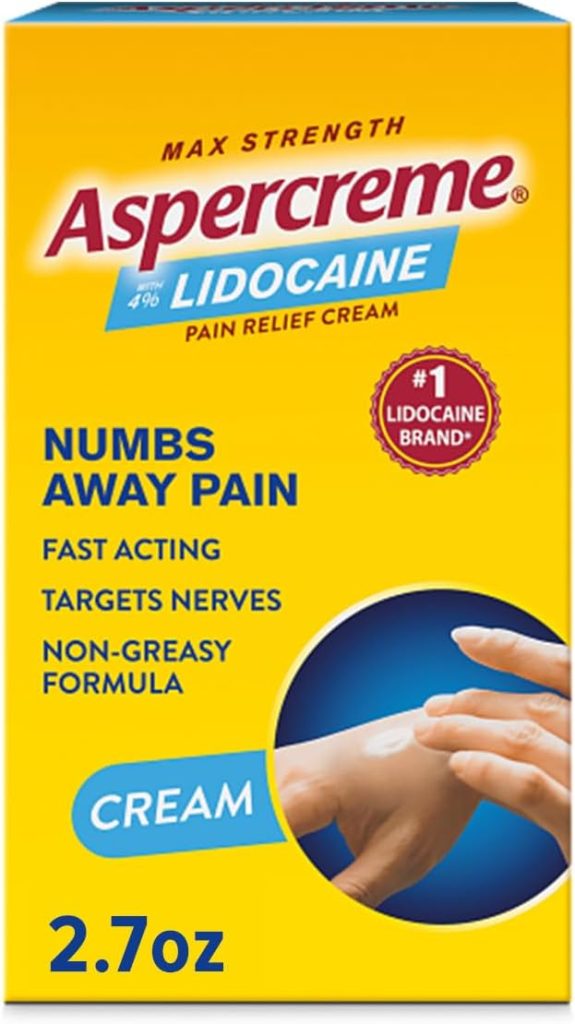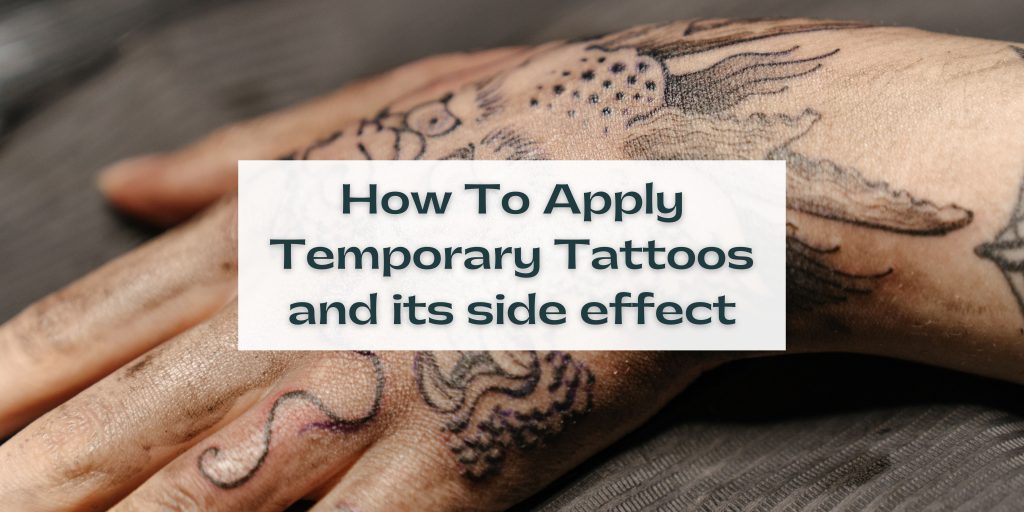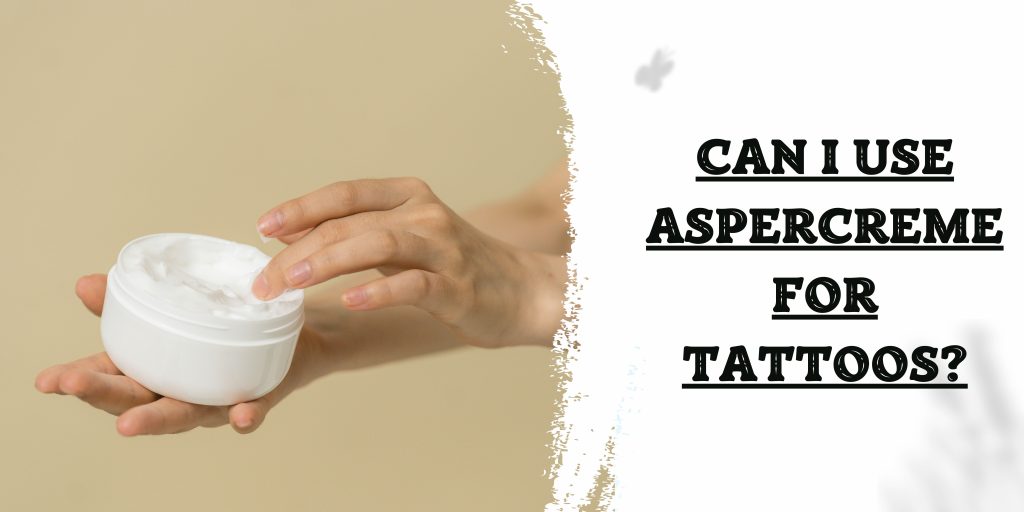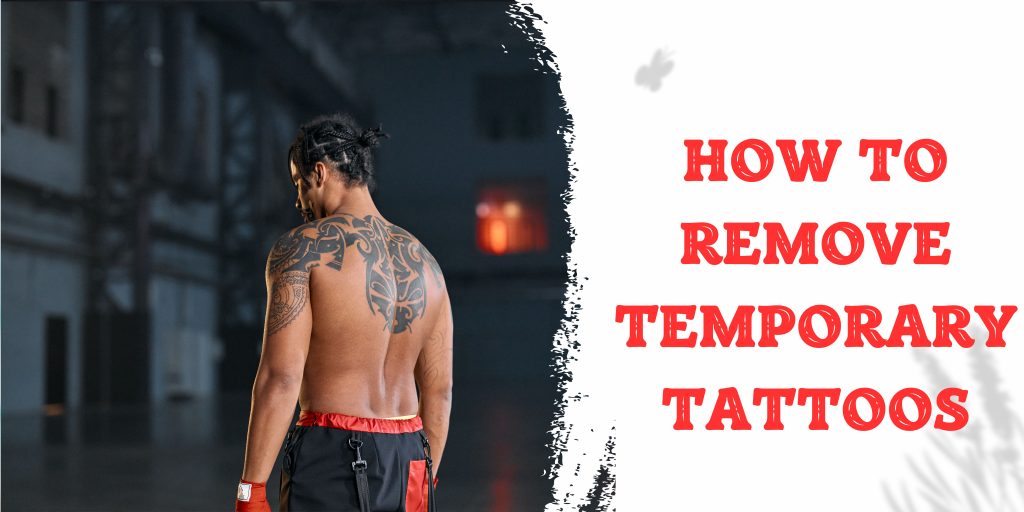Tattoos have become more than just ink on skin; they’re an art form, a symbol of self-expression. But let’s face it, the pain that comes with getting inked can sometimes overshadow the joy of the final masterpiece. Enter lidocaine, the potential hero in the battle against tattoo pain. In this article, we’ll explore the burning question: Is lidocaine good for tattoos?
Understanding Topical Lidocaine
Topical lidocaine is a local anaesthetic that comes in various forms, including creams and gels. It’s designed to numb the skin, providing temporary relief from pain or discomfort. Many individuals turn to topical lidocaine to make various procedures, including tattooing, more tolerable.
What Is Lidocaine?
Before we dive into the tattoo realm, let’s get acquainted with lidocaine. Lidocaine is a local anaesthetic commonly used to numb specific areas of the body. It belongs to the amide class of local anaesthetics and is renowned for its fast-acting pain relief properties.
The Pros of Using Topical Lidocaine
- Pain Reduction: The primary benefit is pain reduction. Applying topical lidocaine to the skin before getting a tattoo can significantly minimize the discomfort associated with the process.
- Improved Tolerance: For individuals with low pain tolerance or those getting extensive inkwork, lidocaine can be a game-changer, allowing them to endure longer sessions with less agony.
- Enhanced Tattoo Experience: By taking the edge off the pain, lidocaine can contribute to a more positive and enjoyable overall tattoo experience.
Read More: What Is A Nexplanon Implant?
Editor Choice
Lidocaine Maximum Strength Pain Relief Cream
How to Use Topical Lidocaine Before a Tattoo
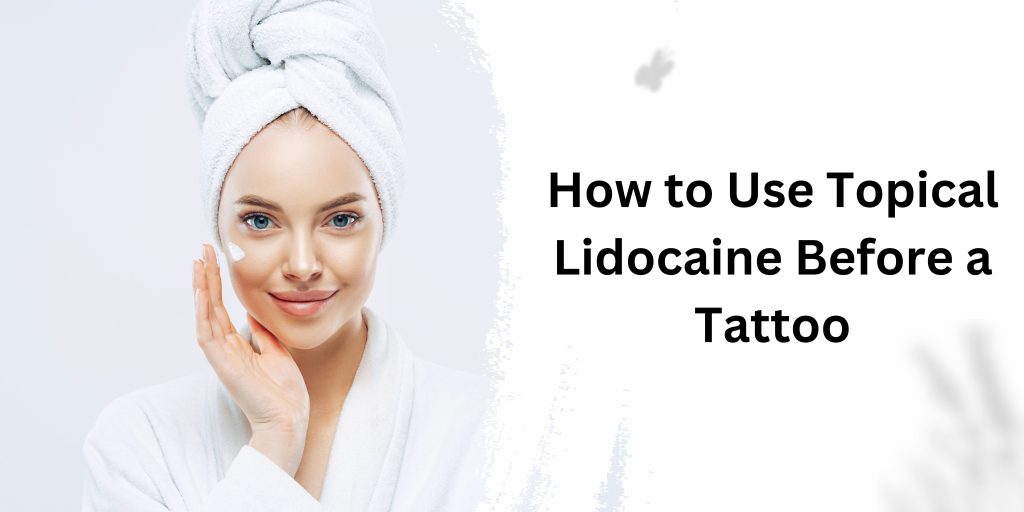
- Clean the Area: Start by cleaning the skin where you’ll be getting the tattoo. This ensures that the lidocaine can be absorbed effectively.
- Apply Lidocaine: Spread a thin layer of lidocaine cream or gel over the tattoo site. Ensure even coverage for the best results.
- Massage Gently: Massage the lidocaine into the skin gently. This helps in absorption and ensures that the numbing effect is evenly distributed.
- Consider Wrapping: To enhance absorption, consider wrapping the area with plastic wrap. This creates a barrier, allowing the lidocaine to penetrate the skin more effectively.
Read More: How much to tip tattoo artist per hour
Points to Consider
While topical lidocaine can be a valuable tool, there are some considerations:
- Individual Variability: Pain tolerance varies from person to person, so what works well for one may not have the same effect for another.
- Allergies and Sensitivities: Be aware of any allergies or sensitivities you may have to lidocaine or its components. Always read product labels and follow instructions.
- Consultation with Tattoo Artist: Communicate with your tattoo artist about your intention to use lidocaine. They can provide insights and guidance based on their experience.
Is Lidocaine Good for Tattoos?
Now, let’s address the crux of the matter: Is lidocaine genuinely effective for tattoos? The consensus is affirmative. When used correctly, lidocaine can significantly reduce the pain and discomfort associated with the tattooing process, turning what might be a gruelling experience into a more manageable one.
Who Shouldn’t Use Lidocaine?
While lidocaine is generally safe for most, there are exceptions. Pregnant individuals, those with a history of allergic reactions to local anaesthetics, or individuals with specific medical conditions should exercise caution or seek advice from a healthcare professional before using lidocaine. Responsible usage is key, so always adhere to product instructions and recommended dosages.
How Does Lidocaine Work?
Now, let’s demystify the science behind lidocaine’s pain-relieving prowess. Lidocaine operates by blocking nerve signals responsible for transmitting pain sensations to the brain. By inhibiting the function of sodium channels, it essentially puts pain signals on temporary mute, allowing individuals to endure the tattooing process with considerably less discomfort.
Final Thoughts
In the grand tapestry of tattooing, lidocaine can be the soothing melody that transforms a potentially painful symphony into a more harmonious masterpiece. However, it’s crucial to acknowledge that pain tolerance varies, and what works for one may not work for another.
Whether to embrace the pain as an integral part of the tattoo journey or to opt for a smoother ride with lidocaine is a personal choice. Communication with your tattoo artist is pivotal; they can provide guidance on the best way to incorporate lidocaine into your tattoo preparation.

